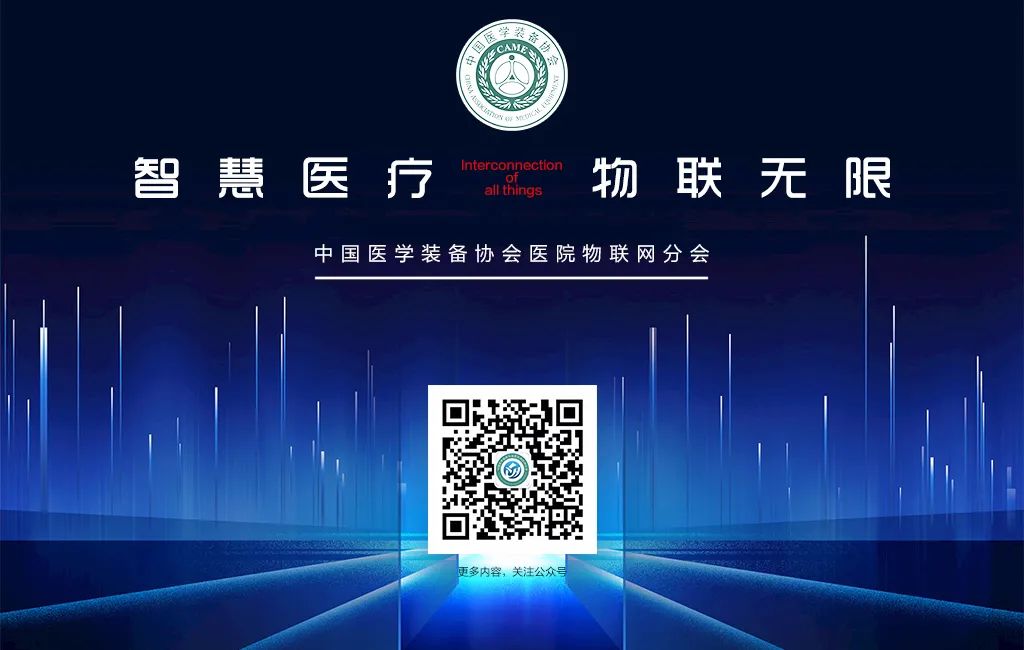When entering any discipline, we need to understand its basic concepts, fundamental theories, and methods. Now it’s time to take notes and highlight key points!Today we will discuss—sensors.
Today’s Expert
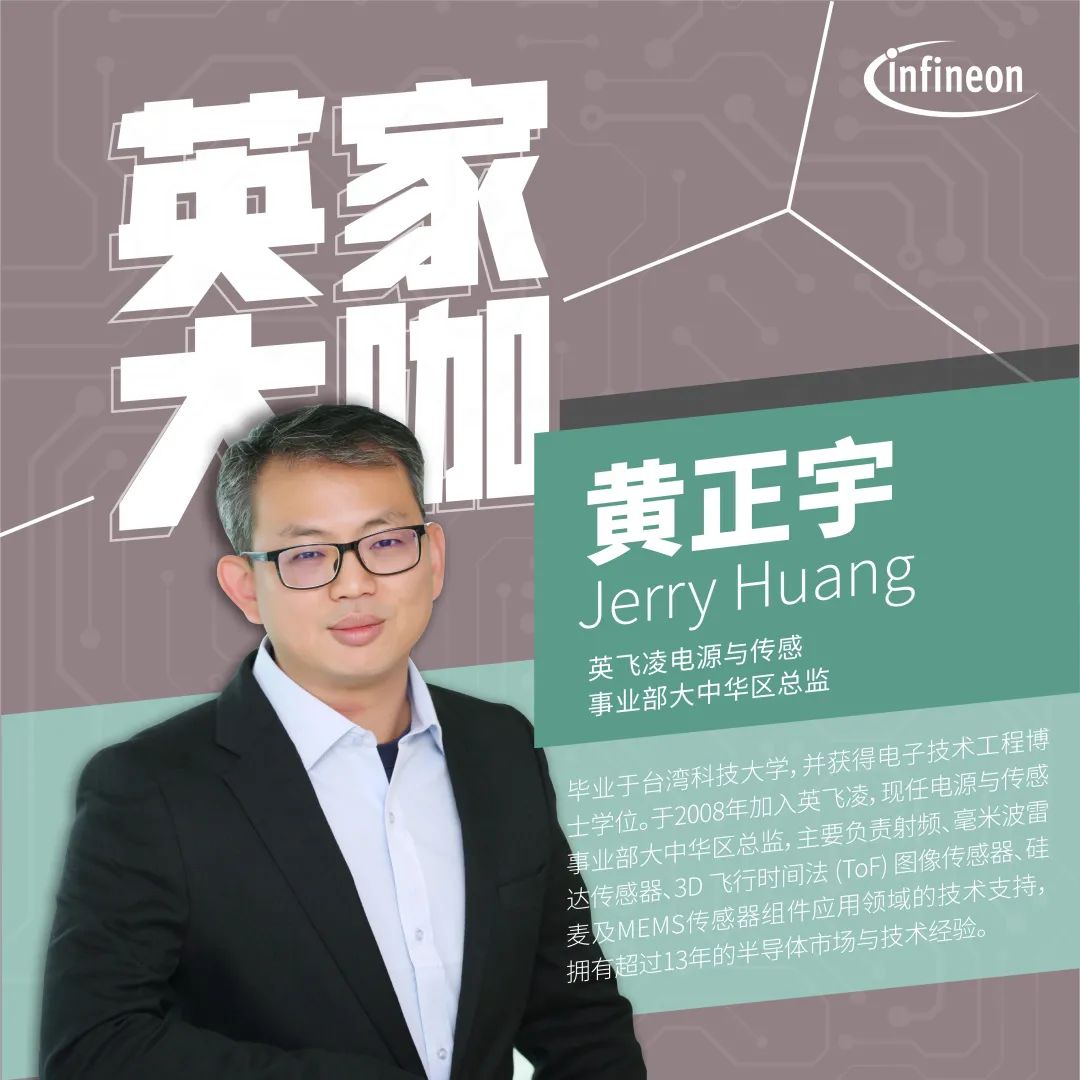
Can you believe that life without sensors would be a bit helpless?
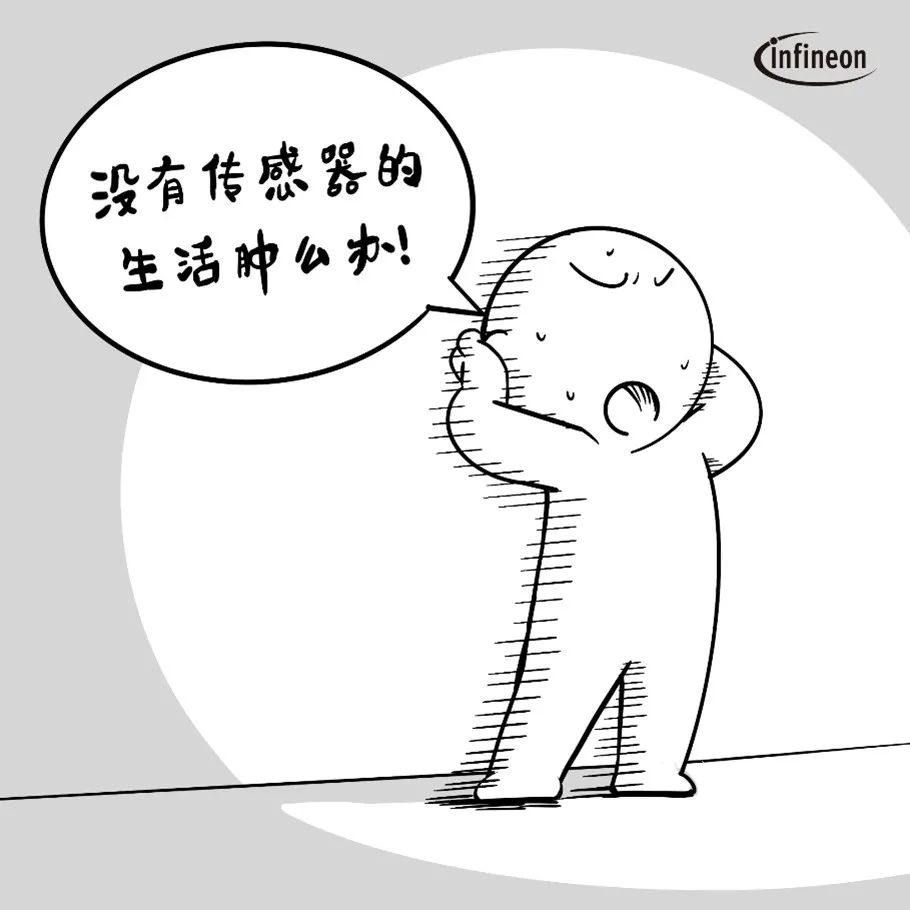
Sensor technology has been around for over a century, and sensors are already ubiquitous in our lives. The popularity of smartphones has further accelerated the tremendous development of sensors, leading to the emergence of many types of sensors.
In modern technological life, we cannot live without them. From early computer mouse displacement sensors, common ultrasonic distance sensors in cars, pedometers for walking and running, to microphones that receive sound on smartphones, distance sensors that detect the distance between a smartphone and the user’s face to control the screen’s on/off for energy saving, and light sensors that automatically adjust screen brightness, these all demonstrate the convenience that sensors silently bring to our lives, which we have long taken for granted.
Devices with sensors can create a simpler, smarter life for us, as sensors can convert collected information such as movement, speed, distance, temperature, pressure, sound, and vibration into signals that devices can process (Figure 1).

Figure 1
Such devices can simulate human senses like smell, hearing, vision, and touch, allowing them to “smell”, “hear”, “see”, and even “perceive” the environment (Figure 2). Just as humans act based on information obtained through their senses, devices can also control and process based on the information obtained from sensors. By combining and integrating different sensors, intelligent applications can be accelerated.

Figure 2
How does it “transmit”? How does it “sense”?
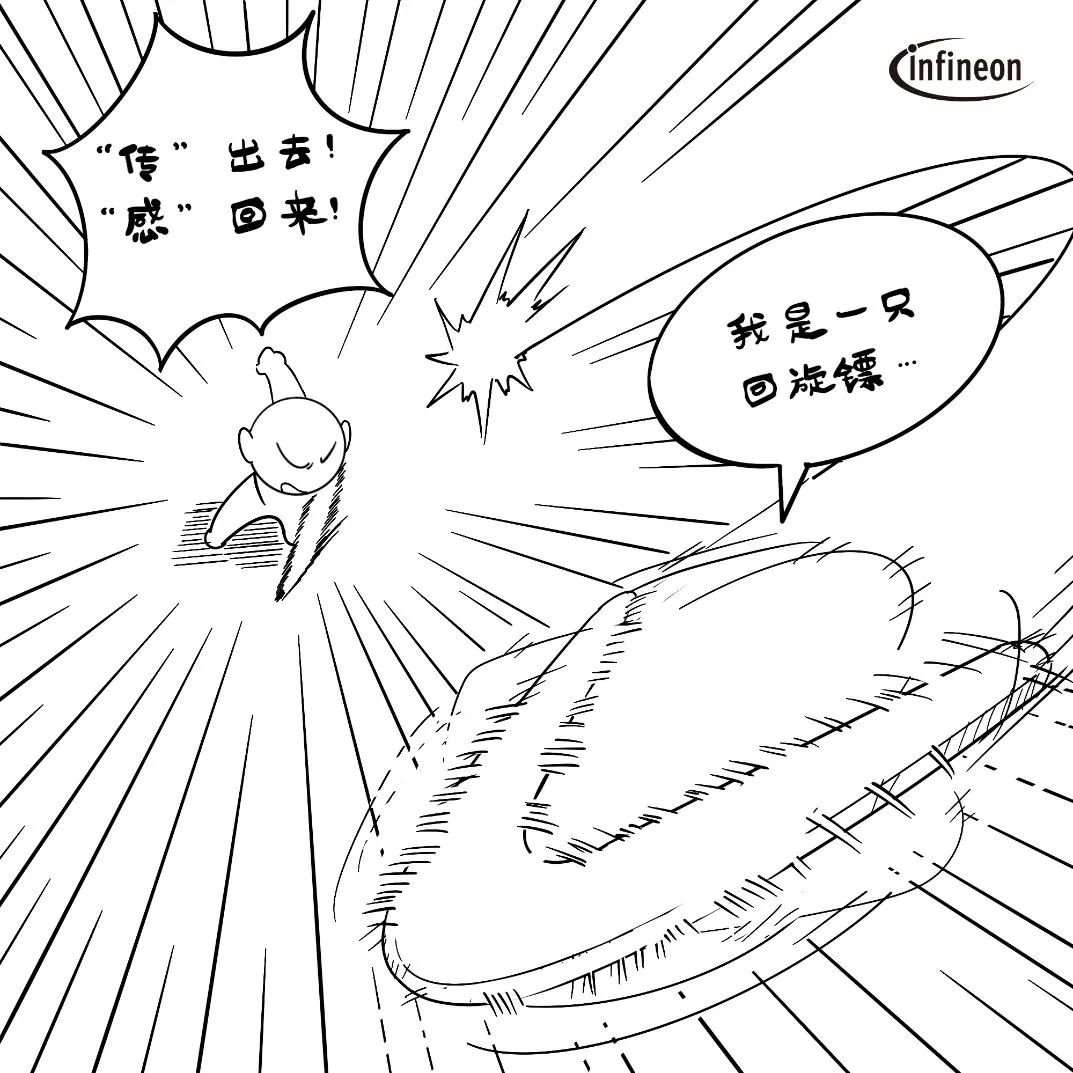
This is a millimeter-wave radar sensor that can collect basic information about the distance, speed, and angle of a target (Figure 3). The so-called millimeter wave is a radio wave in the wavelength range where microwaves and far-infrared waves overlap, and we call radio waves with a wavelength of 1 to 10 millimeters millimeter waves. The millimeter-wave radar sensor emits radio waves (radar waves) through an antenna and receives the echo of the radio waves. Based on the time difference between sending and receiving, it quickly and accurately processes the information to measure the target’s distance, speed, and angle. The target information measured can then be used for tracking and classification.

Figure 3
For example, when a millimeter-wave radar sensor is applied to a car (Figure 4), it quickly and accurately obtains the physical environment information around the car, such as the relative distance, relative speed, angle, and direction of movement between the car and other objects, through intelligent processing by the central processing unit (MCU). Then, based on the detected object information, it performs tracking and classification, integrates with the car’s dynamic information for data fusion, and ultimately makes reasonable decisions through intelligent processing by the central processing unit (MCU), notifying or warning the driver through various means such as sound, light, and touch, or intervening actively in the car to ensure the safety and comfort of the driving process, reducing the likelihood of accidents. The millimeter-wave radar’s ability to penetrate fog, smoke, and dust makes it particularly suitable for automotive applications.
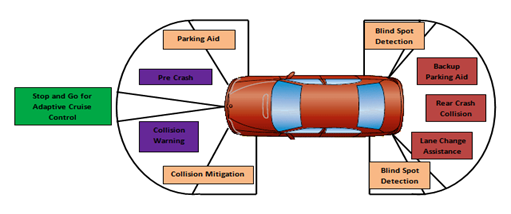
Figure 4
The IoT environment is a network environment constructed through the interconnection of all things, creating a simpler and smarter life for consumers. In fact, in the IoT environment, besides wireless technology providing the internet, sensors are also one of the keys to realizing this intelligent IoT vision.
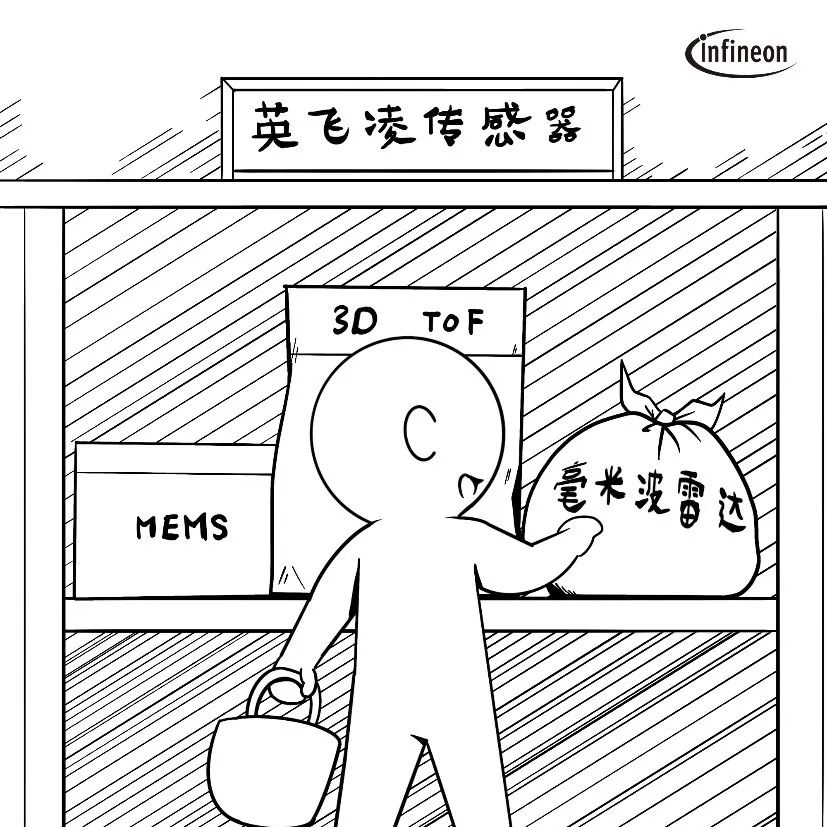
Although sensors are no longer a novelty, they have long been part of our lives. From smartphones, IoT smart homes, wearable devices, to smart factories or smart city infrastructure (Figure 5), various applications in the IoT environment are inseparable from sensors.
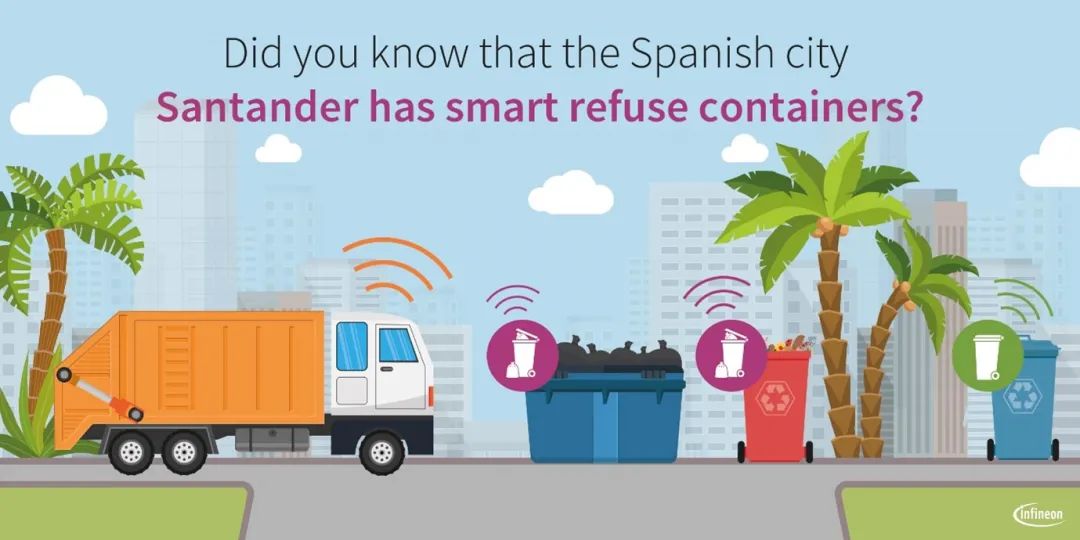
Figure 5
Just like the “five senses” (Figure 6) needed in the IoT, through MEMS sensors, we can accurately simulate human senses. For example, Infineon provides distortion-free microphones, high-resolution pressure sensors, and the smallest CO2 environmental sensors, which can be used to simulate human hearing, touch, and smell.
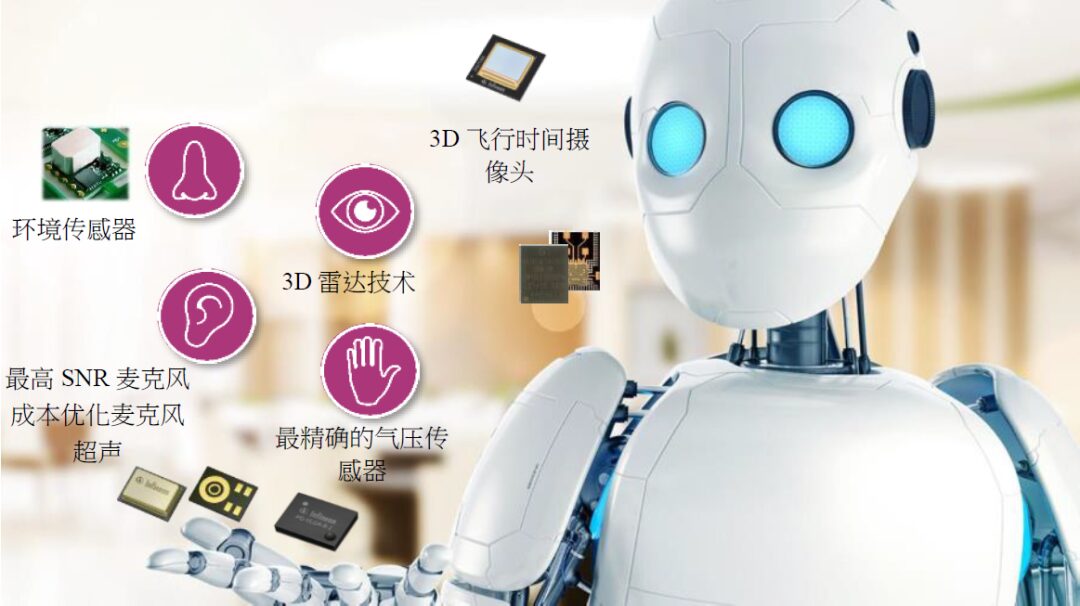
Figure 6
Infineon provides millimeter-wave radar sensors that can detect the position, direction, distance, and speed of objects, and can also detect slight movements such as heartbeat, human-machine interaction, and gesture recognition for emerging applications that simulate human visual senses. Infineon also provides 3D ToF sensors that measure depth and amplitude with pixel-level accuracy, further providing visual depth information. Therefore, these simulated senses must rely on different sensors to collect data, measure surrounding environmental information, and then transmit beneficial information to the application side through the internet to the cloud. Even though we now have relatively mature sensor technology, this “treasure” still has much knowledge that we need to learn and continue to explore together.
Source: Infineon Official WeChat
